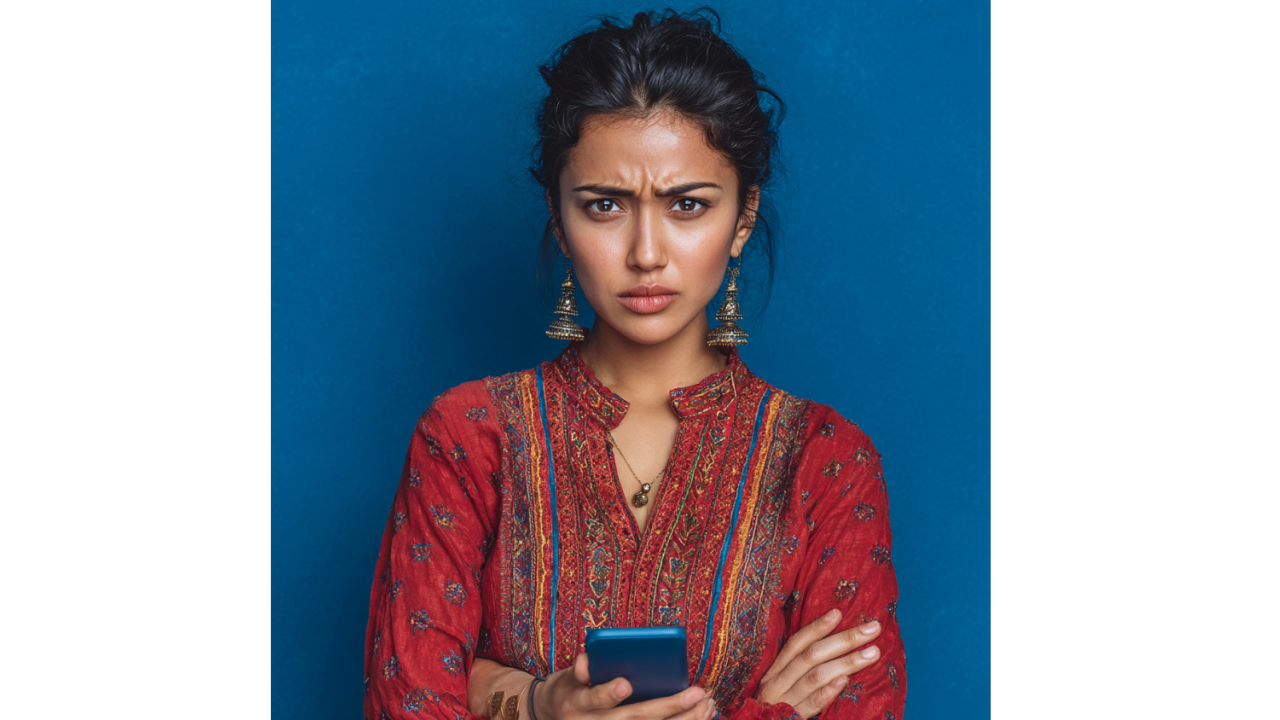HeyGen's Avatar IV = Your Digital Twin is Ready for Business
HeyGen's Avatar IV just accomplished something genuinely remarkable: they've created digital twins that are genuinely indistinguishable from their...

Will Smith just handed us the perfect case study in how not to use AI in marketing, complete with six-fingered fans and faces that look like they've been through a digital blender.
The actor's promotional video for his "Based on a True Story" tour features what appears to be AI-generated crowd footage—audience members with distorted faces, extra digits, and limbs that blur into each other like a fever dream. Fans called it out immediately, with one noting "You can see many people in the crowd having six fingers or more, eyes smudged, faces are distorted." The backlash was swift and merciless: "Imagine being this rich and famous and having to use AI footage of crowds… Tragic, man."
This isn't just celebrity vanity gone wrong—it's a warning shot for every marketer tempted to fake their way to engagement. Smith's team could have hired actual videographers, captured real crowd reactions, or simply used existing footage from previous shows. Instead, they chose the path of algorithmic shortcuts, and the internet's pattern recognition skills made them pay for it.
The Will Smith controversy exposes a fundamental tension in modern marketing: the seductive ease of AI generation versus the irreplaceable value of authentic content. His promotional video was supposed to show genuine connection between artist and audience—"My favourite part of tour is seeing you all up close," the title read. But when the audience turns out to be digitally fabricated, the entire emotional premise collapses.
This is marketing malpractice disguised as efficiency. Authentic fan reactions are marketing gold because they represent real human connection and social proof. Replacing that with AI-generated approximations doesn't just undermine the message—it actively destroys trust when audiences inevitably spot the deception.
We're past the point where AI-generated content can hide in plain sight. Smith's fans immediately identified the classic AI artifacts: distorted facial features, impossible hand configurations, objects that phase through each other like glitchy video game assets. The audience that grew up on digital media doesn't just consume content—they forensically analyze it.
For marketers, this represents a fundamental shift in how audiences engage with branded content. Every piece of AI-generated material now faces potential scrutiny from users who've been trained by months of "spot the AI" content across social platforms. The risk isn't just getting caught—it's the reputation damage that follows.
Smith's AI crowd incident reveals the false economy of synthetic content. Real videography, real crowd shots, real human reactions—these aren't just "nice to have" elements. They're the foundation of credible marketing that actually builds trust and connection.
The computational and creative effort required to generate convincing AI crowd footage probably exceeded what would have been needed to capture authentic moments during his actual performances. But more importantly, the reputational cost of getting caught far outweighs any efficiency gains from AI generation.
Smith isn't alone in this AI authenticity trap. Rod Stewart recently faced criticism for using AI-generated footage of deceased musicians during a tribute performance, creating artificial interactions between dead celebrities. These incidents suggest a broader pattern: established entertainers treating AI as a creative crutch rather than a creative tool.
Smart marketers are learning that AI's real value lies in enhancing authentic content, not replacing it. Use AI for ideation, optimization, and production support—but keep human authenticity at the core of your brand communications.
The audiences calling out Smith's fake crowds aren't anti-AI; they're pro-honesty. They can handle knowing when AI was used as a creative tool. What they can't handle is being deceived into believing AI-generated content represents real human experiences.
This controversy establishes new ground rules for responsible AI use in marketing: transparency beats trickery, enhancement beats replacement, and authentic human moments remain irreplaceable. Companies that understand this distinction will build stronger brand relationships. Those that don't will join Smith in the hall of shame for algorithmic marketing fails.
Because nothing says "based on a true story" quite like a digitally fabricated audience with anatomically impossible hands.
Need help building authentic AI-powered marketing that enhances rather than replaces human connection? Winsome Marketing's growth experts know where to draw the line between innovation and deception.

HeyGen's Avatar IV just accomplished something genuinely remarkable: they've created digital twins that are genuinely indistinguishable from their...

We're supposed to laugh, apparently. The President of the United States shares an AI-generated deepfake showing Senate Minority Leader Chuck Schumer...
-Jul-08-2025-04-17-14-5807-PM.png)
Bottom Line Up Front: While America's top diplomats get pranked by AI voice clones on Signal, our government's response to deepfake threats makes a...